The package which will allow the plane to fly safely in European skies after almost two years on the ground.
"We have reached a significant milestone on a long road," said EASA Executive Director Patrick Ky. "Following extensive analysis by EASA, we have determined that the 737 MAX can safely return to service. This assessment was carried out in full independence of Boeing or the Federal Aviation Administration and without any economic or political pressure – we asked difficult questions until we got answers and pushed for solutions which satisfied our exacting safety requirements."
The Boeing 737 MAX was grounded worldwide in March 2019 following the
second of two accidents within just six months, which together claimed
346 lives.
In the days after the grounding, EASA set four conditions for the return to service of the aircraft: First, the
two accidents (JT610 and ET302) are deemed sufficiently understood. Second, design changes proposed by Boeing to address the issues highlighted by
the accidents are EASA approved and their embodiment is mandated. Third, an
independent extended design review has been completed by EASA and, fourth, Boeing 737 MAX flight crews have been adequately trained.
"We have every confidence that the aircraft is safe"
"These four conditions have now all been met, allowing us to go ahead with the return to service," Ky said. "Let me be quite clear that this journey does not end here," he added. "We have every confidence that the aircraft is safe, which is the precondition for giving our approval. But we will continue to monitor 737 MAX operations closely as the aircraft resumes service", he added.
"In parallel, and at our insistence, Boeing has also committed to work to enhance the aircraft still further in the medium term, in order to reach an even higher level of safety."
Resumption of flights in Europe
The Airworthiness Directive, which details the aircraft and operational suitability changes, including crew training requirements, must be carried out before each individual plane returns to service, gives the green light from the EASA side for a return to service of the aircraft.
However, scheduling of these mandated actions is a matter for the aircraft operators, under the oversight of Member States’ national aviation authorities, meaning that the actual return to service may take some time. COVID-19 may also have an influence on the pace of return to commercial operations.
In conjunction with the Airworthiness Directive, EASA also issued a Safety Directive (SD) requiring non-European airlines which are holders of EASA third country operator (TCO) authorisation to implement equivalent requirements, including aircrew training.
This will allow for the return to service of the 737 MAX when the aircraft concerned are operated under an EASA TCO authorisation into, within or out of the territory of the EASA Member States.
© aero.uk | Image: Enter Air | 27/01/2021 13:26

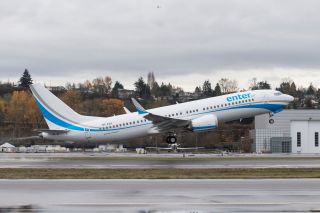
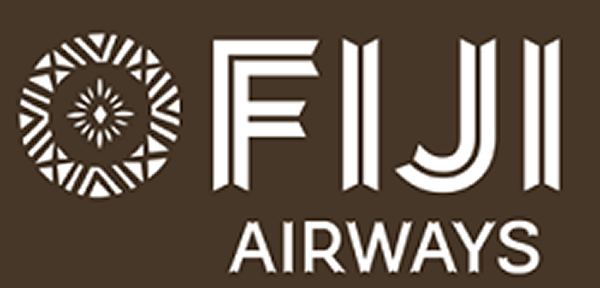

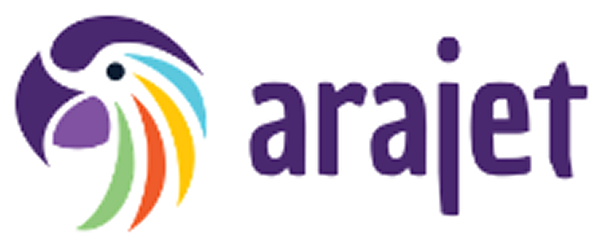

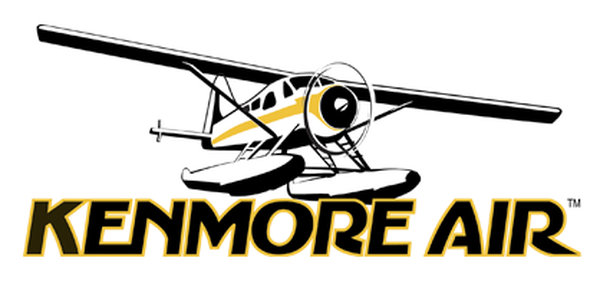
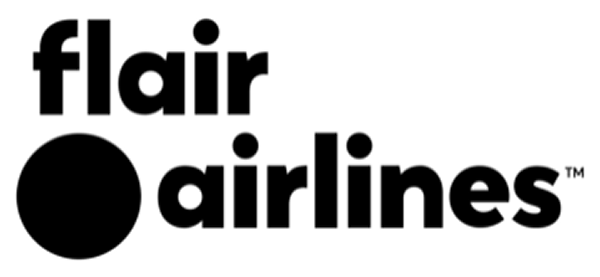

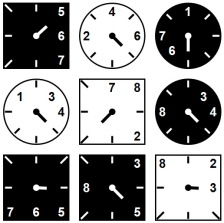


Comments (0) Go to front page
To write a comment, please sign up at aero.uk or log in.